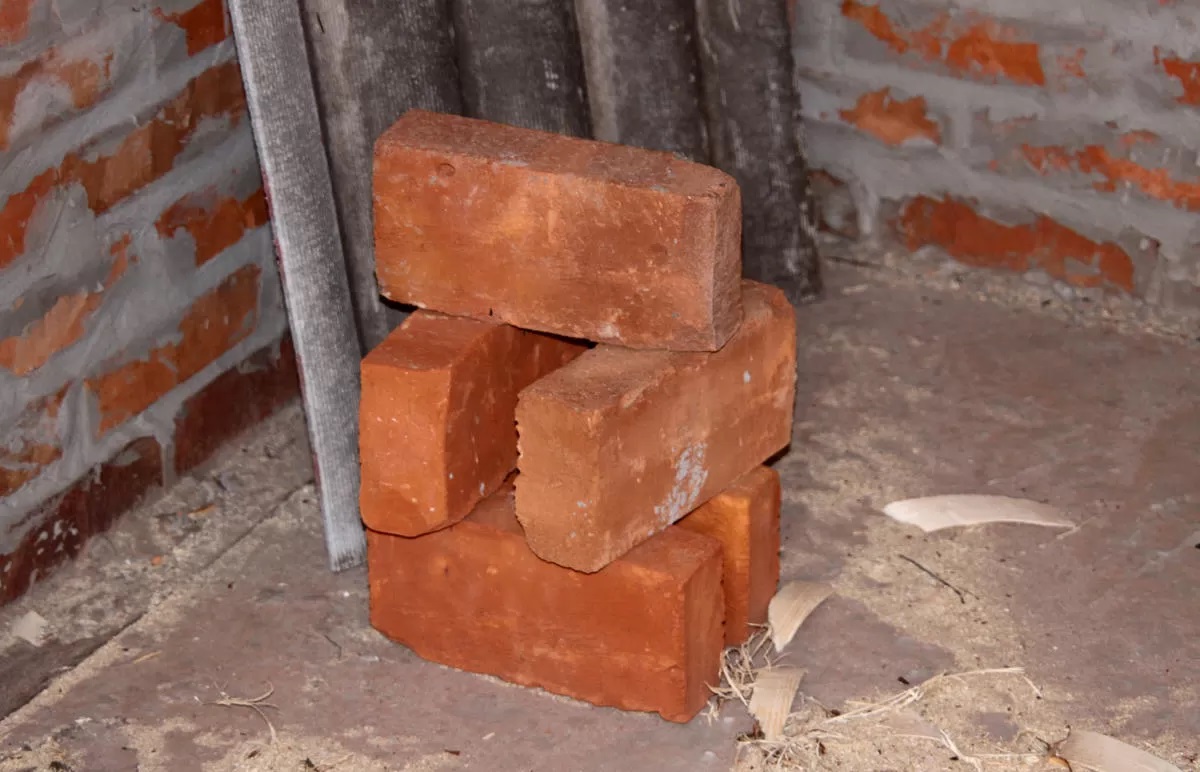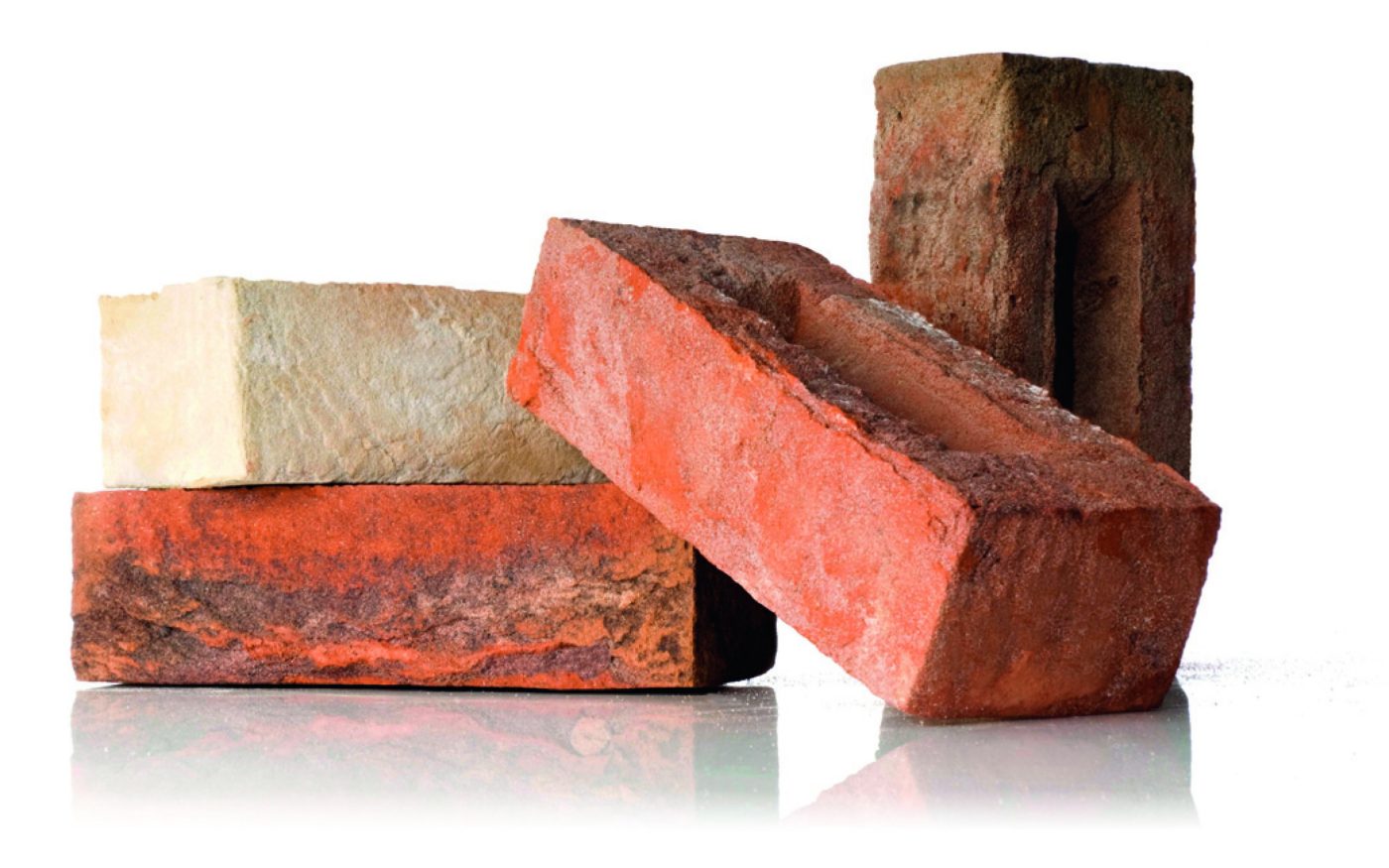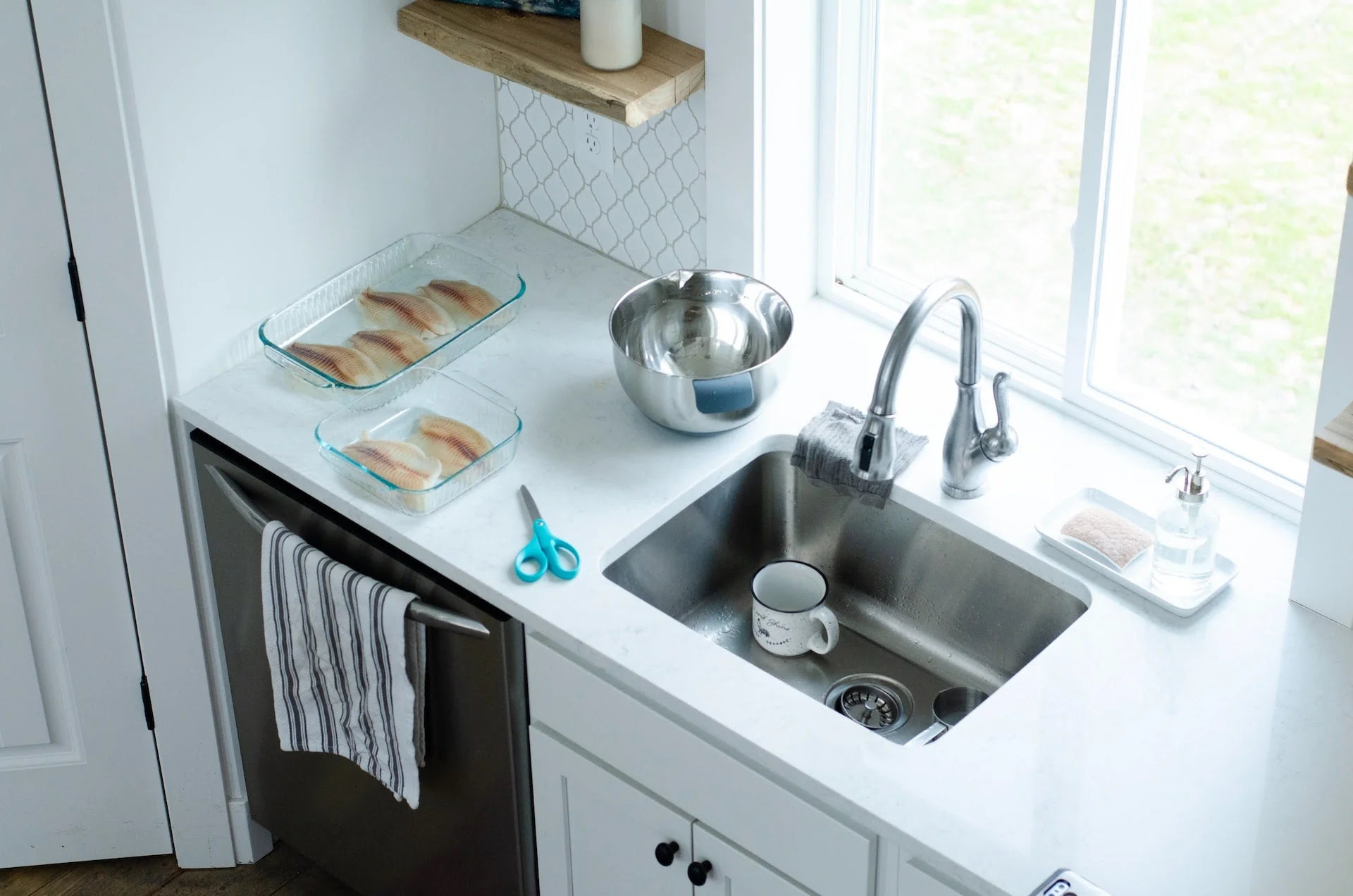Home>Construction & Tools>Building Materials>What Is The Size Of A Standard Red Brick


Building Materials
What Is The Size Of A Standard Red Brick
Modified: March 23, 2024
Discover the standard size of a red brick and its importance in construction. Learn about this essential building material and its dimensions. Ideal for anyone working with building materials.
(Many of the links in this article redirect to a specific reviewed product. Your purchase of these products through affiliate links helps to generate commission for Storables.com, at no extra cost. Learn more)
Introduction
When it comes to construction materials, red bricks have stood the test of time as a fundamental element in building sturdy and enduring structures. These iconic building blocks have been utilized for centuries, contributing to the architectural marvels that define various regions around the world. In this article, we will delve into the fascinating world of red bricks, exploring their history, standard size, uses, and the intricate manufacturing process behind these timeless components of construction. Whether you are a seasoned builder, an aspiring architect, or simply someone intrigued by the inner workings of the construction industry, this exploration of red bricks is sure to captivate your imagination and expand your knowledge of this essential building material.
Key Takeaways:
- Red bricks have a standard size of 3 5/8 inches by 2 1/4 inches by 8 inches, but variations exist for specific design needs. They are used for structural walls, exteriors, paving, fireplaces, landscaping, and interior design.
- The manufacturing process of red bricks involves raw material preparation, molding, drying, firing, and quality control. This meticulous process ensures the production of durable, weather-resistant bricks for construction projects.
Read more: What Size Is A Standard House Brick
History of Red Bricks
The history of red bricks dates back thousands of years, with evidence of their use found in ancient civilizations such as the Indus Valley, Mesopotamia, and Egypt. The first fired bricks were created around 3500 BC in the Middle East, revolutionizing construction methods and setting the stage for the widespread use of bricks in building projects.
During the Roman Empire, red bricks became a staple of construction, with the Romans perfecting the art of brick-making and using them in structures ranging from simple homes to grand architectural wonders like the Colosseum and the Roman Baths. The durability and versatility of red bricks contributed to their popularity, and their use spread throughout the empire and beyond.
In medieval Europe, red bricks continued to play a crucial role in construction, especially in the construction of cathedrals, castles, and city walls. The Industrial Revolution further propelled the production of red bricks, as advancements in technology and manufacturing processes made them more accessible and affordable.
Today, red bricks remain a cornerstone of construction, with modern techniques and technologies further enhancing their quality and durability. The rich history of red bricks is a testament to their enduring appeal and their status as a timeless building material.
Standard Size of a Red Brick
Red bricks are available in various sizes, each serving specific purposes in construction projects. The standard size of a red brick can vary depending on the region and the intended use. However, a common dimension for a standard red brick is 3 5/8 inches by 2 1/4 inches by 8 inches. This size, often referred to as “common brick size,” is widely used in residential and commercial construction.
Another prevalent size is the “modular brick,” which measures 3 5/8 inches by 2 1/4 inches by 7 5/8 inches. This size is popular in the United States and is often favored for its ease of handling and installation.
It is important to note that while these sizes are standard, variations exist to accommodate specific design requirements and architectural styles. Additionally, specialized bricks, such as those with larger or smaller dimensions, are manufactured to meet the diverse needs of construction projects.
The standard size of a red brick plays a crucial role in determining the layout and structural integrity of a building. Proper understanding of brick sizes and their applications is essential for architects, builders, and contractors to ensure precision and efficiency in construction endeavors.
A standard red brick is typically 3 5/8 inches by 2 1/4 inches by 8 inches.
Uses of Red Bricks
Red bricks are a versatile building material with a wide range of applications in construction. Their enduring popularity can be attributed to their durability, thermal properties, and aesthetic appeal. Some of the primary uses of red bricks include:
- Structural Walls: Red bricks are commonly used in the construction of load-bearing walls due to their strength and ability to support the weight of a building.
- Facade and Exteriors: The timeless charm of red bricks makes them a popular choice for cladding building exteriors, adding character and visual appeal to structures.
- Paving: Bricks are utilized for creating durable and visually appealing pathways, driveways, and patios, enhancing outdoor spaces with their classic appeal.
- Fireplaces and Chimneys: Red bricks are an ideal material for constructing fireplaces and chimneys, as they can withstand high temperatures and provide excellent insulation.
- Landscaping: Bricks are used in landscaping projects for building retaining walls, raised planters, and other decorative features, adding functionality and charm to outdoor spaces.
- Interior Features: Red bricks are employed for interior accent walls, creating a rustic or industrial aesthetic that adds warmth and character to living spaces.
These diverse applications highlight the adaptability and enduring appeal of red bricks in the construction industry. Whether used for structural support, aesthetic enhancement, or functional landscaping, red bricks continue to be a go-to choice for builders and architects seeking a reliable and visually appealing building material.
Manufacturing Process of Red Bricks
The manufacturing process of red bricks involves several key stages, each contributing to the quality and characteristics of the final product. While modern techniques have streamlined and optimized the production process, the fundamental steps remain consistent:
- Preparation of Raw Materials: The process begins with the collection and preparation of raw materials, including clay, shale, and other additives. These materials are finely ground and blended to achieve the desired composition for the bricks.
- Molding: Once the raw materials are prepared, they are mixed with water to form a malleable clay mixture. This mixture is then shaped into individual brick units using molds. The molds impart the characteristic shape and texture to the bricks.
- Drying: The newly molded bricks are subjected to a drying process to remove excess moisture. This can be achieved through natural air drying or in specialized drying chambers, ensuring the bricks attain the necessary strength and stability.
- Firing: The dried bricks are fired in kilns at high temperatures, typically ranging from 1,800 to 2,000 degrees Fahrenheit. This process, known as vitrification, causes the clay particles to fuse together, resulting in durable and weather-resistant bricks.
- Quality Control and Packaging: After the firing process, the bricks undergo quality control inspections to ensure uniformity and structural integrity. Once approved, the bricks are packaged and prepared for distribution to construction sites and suppliers.
Throughout the manufacturing process, attention to detail and precision is crucial to producing high-quality red bricks that meet industry standards for strength, durability, and aesthetic appeal. The combination of traditional craftsmanship and modern technology has elevated the production of red bricks, ensuring their continued relevance in the construction landscape.
Read more: What Is The Standard Refrigerator Size
Conclusion
Red bricks, with their rich history, standard sizes, diverse uses, and intricate manufacturing process, continue to hold a significant place in the construction industry. From ancient civilizations to modern architectural marvels, these enduring building blocks have left an indelible mark on the built environment, standing as a testament to their timeless appeal and enduring utility.
Understanding the standard size of a red brick, which varies based on regional preferences and specific construction needs, is essential for architects, builders, and contractors. The versatility of red bricks allows for their use in structural walls, exterior cladding, paving, fireplaces, landscaping, and interior design, showcasing their adaptability and aesthetic charm across various construction applications.
Furthermore, the meticulous manufacturing process of red bricks, encompassing raw material preparation, molding, drying, firing, and quality control, underscores the craftsmanship and attention to detail involved in creating these fundamental building materials. The fusion of traditional techniques with modern advancements ensures the production of durable, weather-resistant bricks that meet the stringent demands of construction projects.
As the construction industry continues to evolve, red bricks remain a steadfast and reliable choice, embodying a perfect blend of tradition and innovation. Their enduring legacy and continued relevance in construction projects worldwide underscore their status as an indispensable component of the built environment.
Whether used to construct timeless architectural wonders or to add character and warmth to contemporary structures, red bricks stand as a testament to the enduring legacy of a building material that has truly stood the test of time.
Frequently Asked Questions about What Is The Size Of A Standard Red Brick
Was this page helpful?
At Storables.com, we guarantee accurate and reliable information. Our content, validated by Expert Board Contributors, is crafted following stringent Editorial Policies. We're committed to providing you with well-researched, expert-backed insights for all your informational needs.















0 thoughts on “What Is The Size Of A Standard Red Brick”